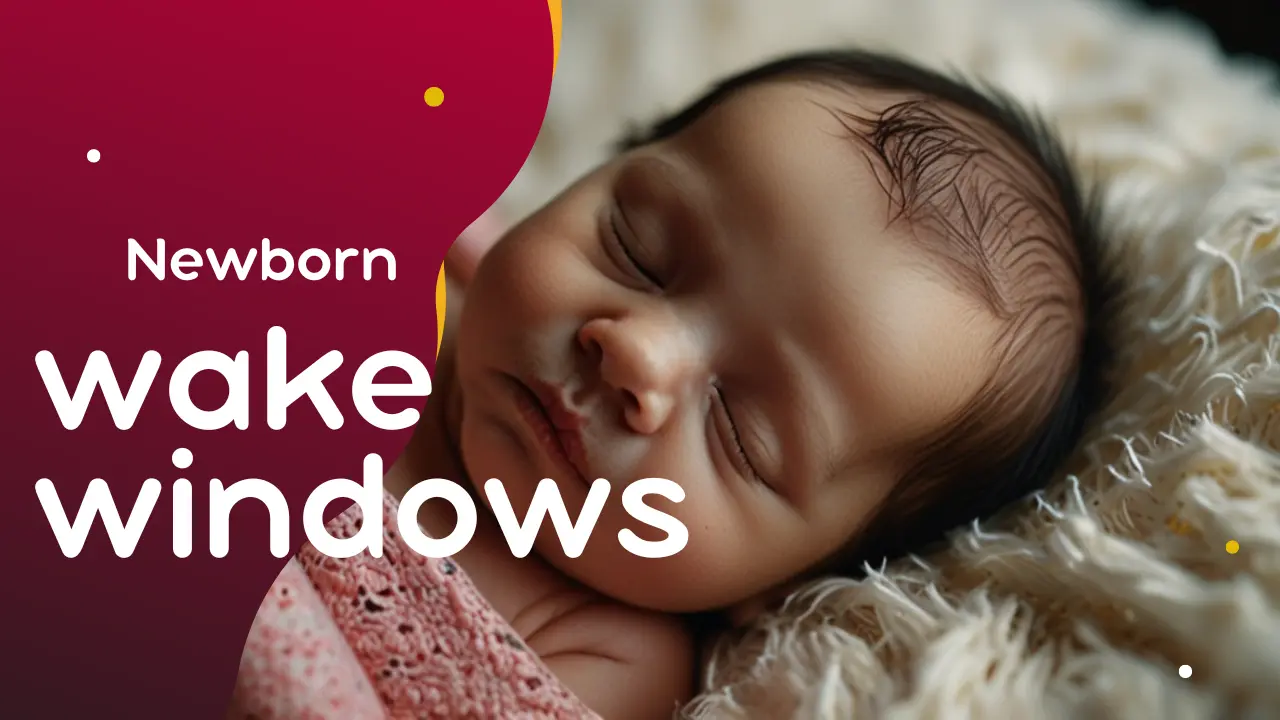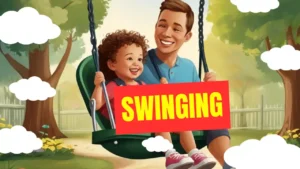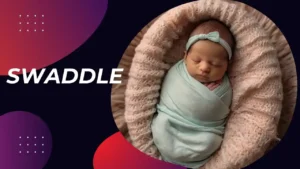Newborn wake windows: If you are googling the term “newborn wake windows”, you have come to the right place. What the heck is a wake window and how does it help in improving a baby’s sleep? Here I will come to the point and make you understand what it is. If you ever search the word baby sleep like “When should my baby sleep”, or “How can I get my baby to sleep”, then you must have encountered this term.
Table of Contents
What are newborn wake windows?
Wake window is a modern term. It simply means the period between a baby waking up and going to the next sleep. These days most often parents are advised to keep an eye on the wake windows of the baby. So that they can perfectly time the baby’s sleep and baby’s playtime. The idea here is don’t wait for your baby’s sleep and wake-up timings. If you know early that your baby is going to wake up and when your baby is going to sleep then you can plan many things like the feeding and some other things.
Baby Wake Windows by Age
Sometimes, parents wait for their baby’s symptoms to put them to sleep. But at that time, it’s too late for them to know that their baby has already fallen asleep much before. In this case, it helps parents put their into sleep. That’s why wake windows will help the overtired baby to sleep. Below are some approximate wake window timing based on age. It might vary based on the individual and the weather. Parents need to experiment with this.
Newborn: 45 to 60 Minutes(It might vary to 1-2 hrs)
1 to 2 Months: 1 to 2 Hours
3 to 4 Months: 75 Minutes to 2.5 Hours
5 to 7 Months: 2 to 4 Hours
8 to 10 Months: 2.5 to 4.5 Hours
11 to 14 Months: 3 to 5 Hours
15 to 24 Months: 4 to 6 Hours
How do newborn wake windows help a baby sleep?
Wake windows are a great help in a baby’s overall sleep cycle. Babies are normally predictable with their timing. So for their parents, there is not much issue in putting them to sleep. But some babies are not predictable at all. You will not get to know their timings. They randomly sleep and wake up at any time. Still, it will help the parents to put some discipline in their lives.
Watch for time
Once the baby wakes up, keep the approximate time in the head and the same while sleeping. It will help you to understand the overall sleep pattern of a baby.
Look for signs
Look out for signs like reduced activity, yawning, staring, blinking, and/or eye-rubbing. It means your baby is starting to feel tired.
Put baby down
As soon as the baby falls asleep, put them down in a comfortable bed. It will help the baby in deep sleep.
Adjust
Adjust the newborn wake windows based on the baby’s sleep pattern. If your baby sleeps more then the wake window will be more and likewise.
If you’re still confused, this might help: Assume you have a 4-month-old who has just awoken from their late morning nap. Begin counting the wake window immediately. (Wake windows start as soon as your lovebug awakens, not after nursing or bottle feeding.) Using the chart above, you can expect your infant to stay awake for 75 to 120 minutes before falling asleep again. That means, right before the 75-minute mark, begin paying close attention to your child’s “I’m tired” indications. If your baby yawns at the 90-minute mark put them to bed right away. Make a note that your child should be put to bed approximately 85 minutes after waking up the next time.
What are signs Baby is tired?
A baby’s sleep cues and wake windows function together. Once you understand the signals that your child is weary and nearing the end of their wake window, you’ll be better prepared to put your Baby to bed at the appropriate time. Here are some early indicators that your infant is sleeping.
- Eye rubbing
- Looking away
- Reduced activity
- Staring
- Blinking
- Droopy eyelids
- Yawning
- Pulling at ears
Will newborn wake windows solve my baby’s sleep issues?
Paying attention to your baby’s particular rhythms during waking periods is a valuable strategy for promoting excellent sleep. This should include the time-tested five S’s for calming newborns for a good sleep:







